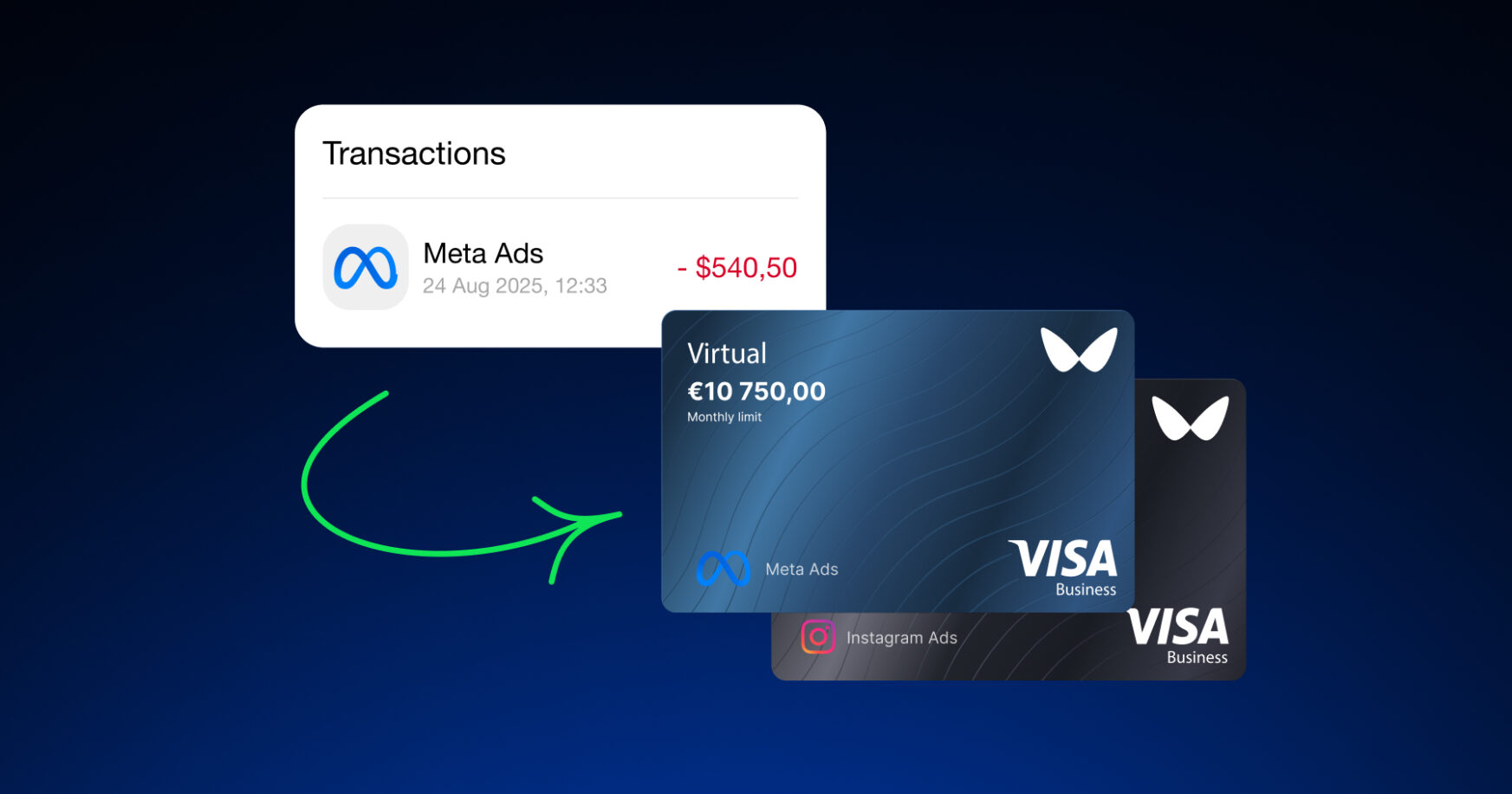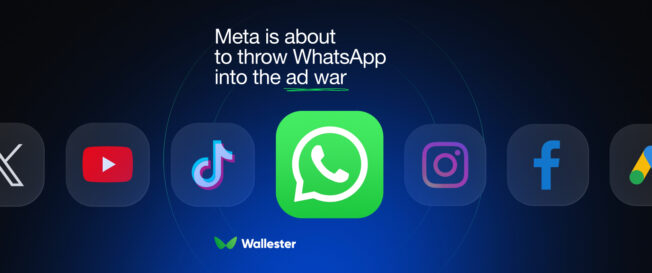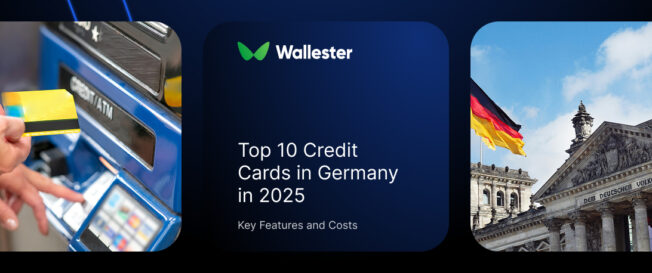With 3 billion users and 1.5 billion daily stories viewers, WhatsApp is about to become the next major performance marketing channel. That means increased complexity for media buyers and more pressure on finance teams.
For years, WhatsApp was the only Meta platform without ads, but that’s about to change. Starting in late 2025, WhatsApp will begin rolling out paid advertising globally.
Ads will appear in the Status section (its version of Stories) and in sponsored Channels — a feed of creator and brand content, accessible through the Updates tab. Meta has confirmed that businesses will also be able to pay for promoted placements and subscriptions, creating new formats for targeting and monetisation.
On the surface, the changes may seem small. But for agencies managing Meta spend at scale, it’s a significant shift. Of course, over time WhatsApp will become just another placement. But it will also become another line in the budget, another workflow to manage, and another platform to account for in your spend infrastructure.
What’s Changing and Why It Matters
Meta says the move is driven by demand. WhatsApp now has more than 3 billion monthly active users, including 200 million businesses. Clearly, more people are using it for public content, and not just private chats. The Updates tab, where these ads will appear, already draws 1.5 billion daily users.
The new monetisation features include:
- Paid ads in WhatsApp Status (similar to Instagram Stories).
- Promoted placement for Channels.
- Paid subscriptions for creators and brands.
Meta insists that personal chats will remain untouched, but for agencies, this development creates new planning questions: which clients will test the format? How will results be tracked? Will billing and reconciliation follow standard Meta logic, or will it introduce new layers?
Why Media Buyers Should Pay Attention
For performance marketers, more ad surfaces equals more complexity.
WhatsApp ads will likely remain inside the broader Meta Business suite, but history tells us that new formats often come with unique rules, billing flows, or targeting quirks. Media buyers already juggle budgets across Meta, TikTok, YouTube, Amazon, programmatic platforms, and direct deals. What’s often missing is a unified spend view.
As a result, each new channel increases operational risk.
Common issues include:
- Overspending or under-utilised budgets.
- Duplicate charges across teams or clients.
- Failed transactions from shared or blocked cards.
- Delayed reconciliation caused by mismatched receipts and statements.
Put simply, the speed of spend has outpaced the systems used to manage it.
Old Workflows Won’t Hold
The typical agency setup still relies on shared cards, manual uploads, and spreadsheet-based tracking. It works for a while — and then it doesn’t.
WhatsApp ads introduce more micro-campaigns, new media types, and more fragmented invoices. Finance teams are often the first to feel it: budget approvals lag, receipts are late, and month-end reporting turns into guesswork.
Then there are the operational issues. Cards hit spend limits mid-flight. Top-ups are delayed. Campaigns derail over payment failures. And account managers are stuck mediating between media teams and finance, instead of optimising performance.

Wallester Business Is Built for This Kind of Complexity
Agencies using Wallester Business don’t need to worry about whether WhatsApp spend will break their systems.
The platform, designed for how modern digital advertising actually works, gives media buyers exactly what they need:
- 300 free virtual Visa cards, issued instantly and ready to be assigned on a per platform, campaign, or user basis.
- Real-time tracking, so finance always sees what’s been spent and where.
- Live control of card limits, top-ups, and merchant rules.
- Auto-receipt matching, so reconciliation is handled as spend happens.
New Channels Bring Chaos by Default – Wallester Brings Control
Meta’s changes to WhatsApp are just one more sign of where performance marketing is heading: more platforms, more micro-campaigns, and more complexity.
The increasing chaos isn’t surprising, but it is solvable.
Wallester Business gives agencies the visibility and control they need to keep scaling, even when the platforms keep shifting.



